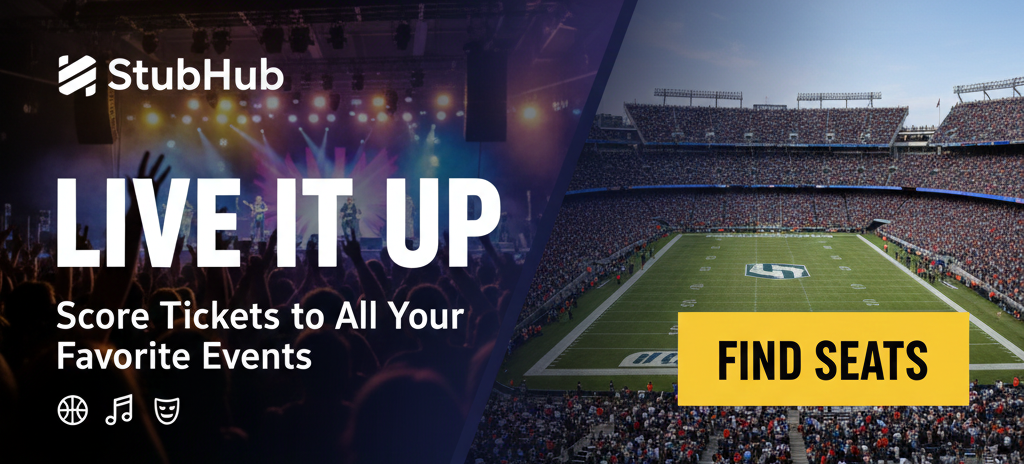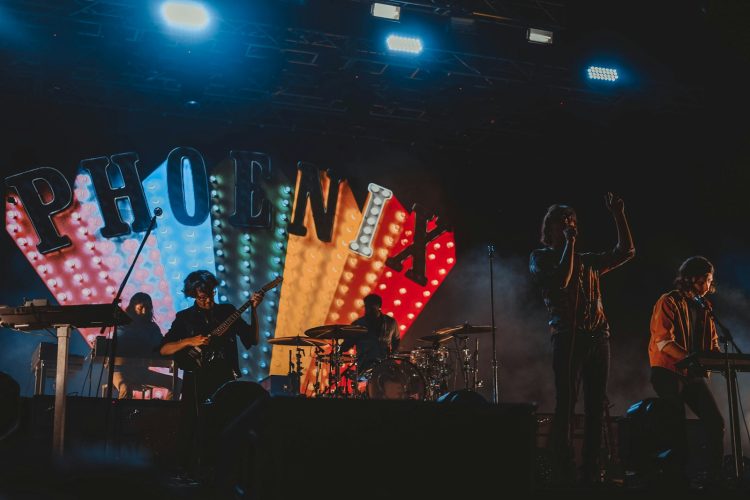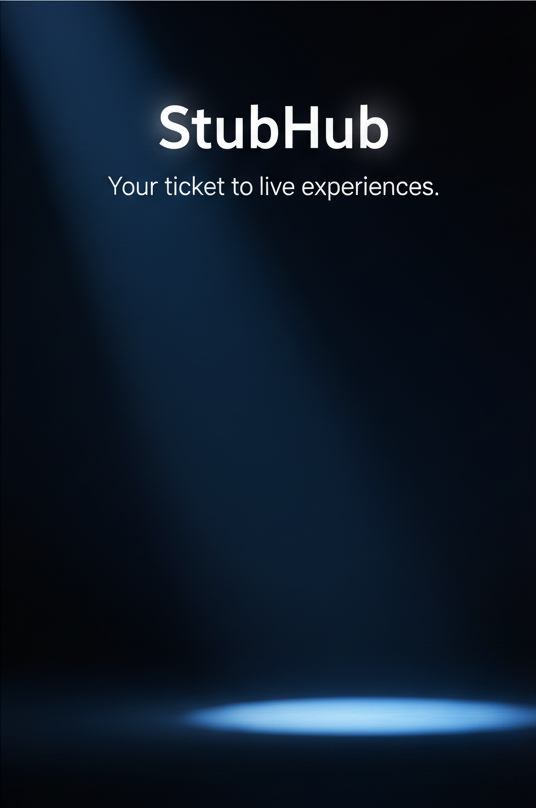Live performances have always held a special place in the realm of entertainment and culture. There’s something magnetic about being in the same room as the artist, feeling the music reverberate through your chest, or watching a dancer move with raw intensity just feet away. But in an age dominated by digital advances, these moments are no longer confined to traditional stages or physical audiences. Technology, far from replacing the magic of live performance, has found a way to elevate it—creating immersive, boundary-pushing experiences that redefine what it means to witness art in real-time.
From LED screens and projection mapping to real-time audio manipulation and virtual reality, the fusion of art and tech is reshaping the very core of live entertainment. What once required a grand theater or stadium can now occur in digital realms, across cities, or in intimate, augmented spaces. And the beauty of this evolution lies not just in the gadgets themselves, but in how creators use them to forge deeper emotional connections, expand accessibility, and blur the line between audience and performer.
The Digital Renaissance of Stage Design
Gone are the days when a few backdrops and clever lighting were the height of stage production. Today, live performances often include interactive LED walls, holograms, and kinetic stage elements that respond to movement or sound. One striking example was Beyoncé’s 2018 Coachella set—dubbed “Beychella”—which combined a massive marching band, dancers, and an LED pyramid that shifted colors and patterns in real-time, enhancing every beat and step with vivid visuals.
Projection mapping, too, has revolutionized scenic design. Rather than relying on physical set changes, entire environments can be digitally painted onto blank surfaces. A ballet performance might transition from a moonlit forest to a bustling cityscape in seconds, allowing for imaginative storytelling without logistical limitations. For performers, this creates a playground of possibilities; for audiences, it transforms a show into something closer to a living dream.
Sound Engineering in the Digital Age
While visual enhancements are often the most noticeable, audio technology plays an equally critical role in elevating live experiences. Advanced sound engineering ensures that no matter where you’re seated—or even if you’re tuning in remotely—the music or dialogue reaches you with pristine clarity.
Instruments can be looped live, voice effects adjusted on the fly, and surround sound environments created in unconventional venues. For instance, experimental musicians like Imogen Heap have pioneered the use of gesture-controlled gloves, allowing her to manipulate sounds mid-performance by moving her hands through the air. It’s not just about hearing music anymore; it’s about watching it come to life.
Moreover, technology democratizes sound design. Artists no longer need massive budgets to deliver high-quality audio. With compact mixers, software synthesizers, and mobile apps, even independent performers can produce concert-quality sound in smaller venues—or even in their own living rooms.
Augmented and Virtual Reality: The New Frontiers
Perhaps the most futuristic advancement in live performances lies in augmented reality (AR) and virtual reality (VR). While still emerging, these technologies have begun to reshape how we experience shows. In AR-enhanced concerts, audience members use their smartphones or AR glasses to see floating graphics, digital characters, or special effects layered onto the real-world performance. This not only enhances immersion but creates personalized visual journeys depending on where you’re looking.
VR, on the other hand, removes the need for a physical venue entirely. With a headset and internet connection, fans can now “attend” concerts from across the globe, navigating virtual spaces and interacting with others as digital avatars. This was especially significant during the COVID-19 pandemic, when physical gatherings were impossible. Artists like Travis Scott and Ariana Grande held massive virtual concerts inside the video game Fortnite, attracting millions of attendees and demonstrating the limitless potential of virtual performance spaces.
While some might argue that virtual shows lack the tactile energy of in-person events, they offer unparalleled accessibility—eliminating travel, ticket limits, and even physical limitations for people with disabilities. In many ways, VR is not replacing live shows, but extending them to broader, more inclusive audiences.
Technology and the Rise of Interactivity
One of the most transformative impacts of technology on live performances is the shift toward interactivity. In the past, audience members were largely passive observers. Today, thanks to mobile apps, real-time voting, live chats, and even motion sensors, audiences can influence performances as they happen.
Take interactive theater productions, where audience members choose a character to follow or vote on plot directions. Or concerts where fans’ phones light up in sync with the music, becoming part of the visual experience. This sense of participation deepens emotional engagement and fosters a unique, shared energy between artist and audience.
Social media also plays a critical role. Performers can share behind-the-scenes content, take real-time feedback, and build a deeper connection with their fan base. A moment captured onstage might be trending globally within minutes, extending the reach and cultural impact of a single performance.
Balancing Innovation with Authenticity
Of course, with all these advancements, there’s a valid concern: Does too much technology dilute the authenticity of a live performance? Is there a risk that human expression could be overshadowed by flashy visuals or pre-programmed elements?
The answer lies in how technology is used. When wielded thoughtfully, tech becomes an extension of the performer’s intent—not a distraction, but an amplifier. It allows for deeper storytelling, more vivid emotion, and a greater sense of wonder. But the human element remains central. The tremble in a voice, the unexpected improvisation, the raw energy of a live crowd—these are the things technology cannot replicate, only enhance.
In fact, some of the most compelling performances are those that blend high-tech with low-tech, digital precision with analog soul. A singer backed by a virtual orchestra, a dancer performing on an AR-projected stage, or a poet whose words are animated in real-time by AI-generated visuals—these fusions remind us that art evolves, but its heart stays the same.
Looking Ahead
As technology continues to advance, the possibilities for live performance will only grow. Artificial intelligence may one day assist in composing music mid-show. Biofeedback sensors might allow the audience’s heartbeats or emotions to influence lighting or tempo. And with 5G and beyond, real-time global collaboration between artists in different countries could become seamless.
But amid all this innovation, one thing is clear: the essence of live performance—the connection, the presence, the shared moment—remains irreplaceable. Technology doesn’t threaten that essence. Instead, it wraps it in new textures, colors, and dimensions, offering fresh ways to experience something ancient and universal: the power of live art.





